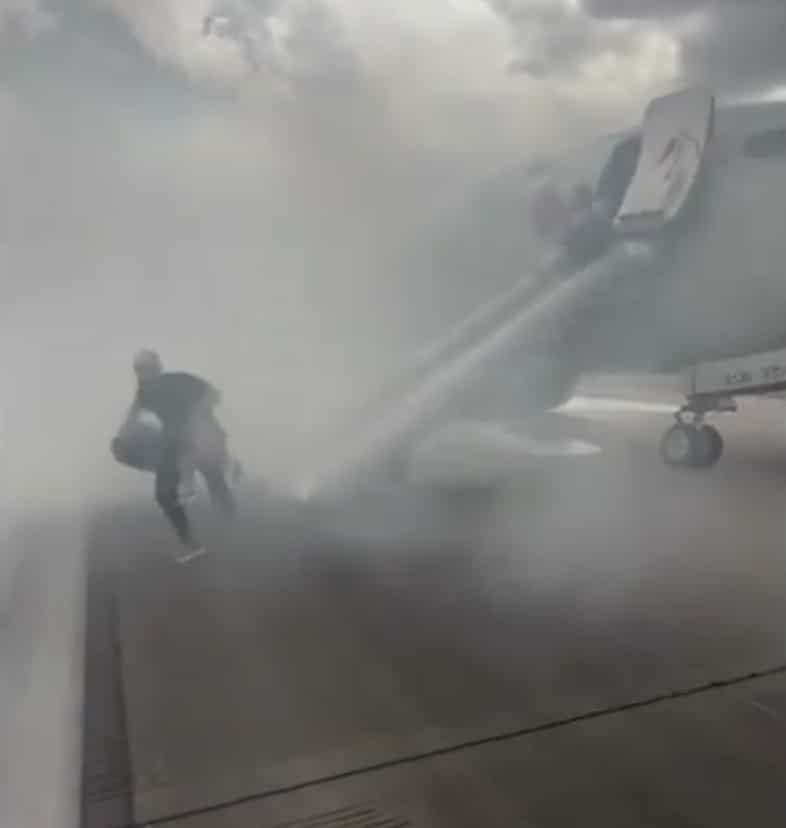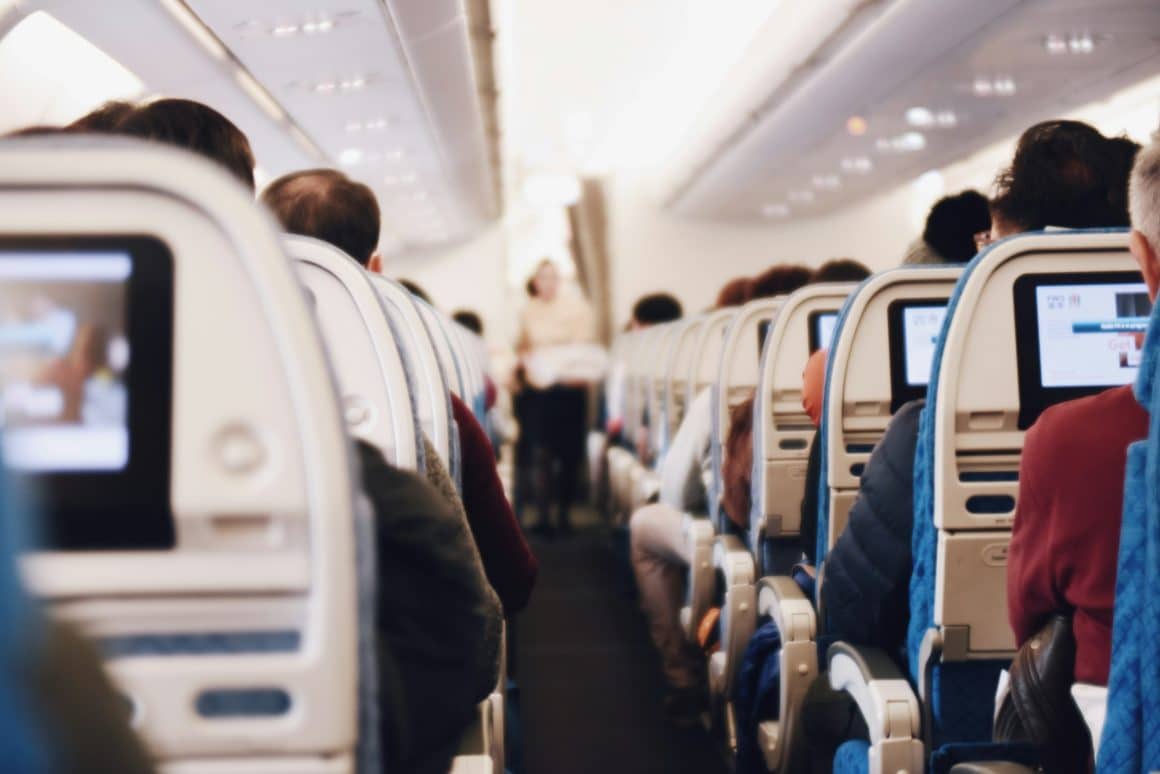The FAA has had enough.
On 16 September 2025, the Federal Aviation Administration (FAA) issued Safety Alert for Operators (SAFO) 25003, telling airlines to step up their safety messaging about one of the most stubborn problems in modern air travel: passengers who try to evacuate with their bags.
The language of the SAFO is clear. The alert “serves to emphasize the operational and safety-critical importance of strict passenger compliance with crewmember instructions during emergency evacuations.” In other words, when the aircraft is on fire or filling with smoke, your roller bag does not matter. Yet, incident after incident has shown that passengers ignore that instruction, creating dangerous bottlenecks and slowing down an evacuation when every second counts.
The FAA Safety Alert Highlights the Risks Behind the Bags

Not that they needed to, but the FAA once again highlighted the hazards of retrieving personal belongings and carry-ons in emergency situations.
Passengers hauling bags through the aisles can block exits, trip others, and even puncture evacuation slides. They delay everyone else trying to get out, pushing the evacuation time beyond survivability thresholds. In smoke-filled cabins or amid structural damage, those delays can mean the difference between walking away and not making it out at all.
The agency is asking airlines to review their safety briefings, training, and announcements to make sure the “leave everything behind” message is loud and clear. That includes standardized language in preflight safety demonstrations, stronger exit-row briefings, and even new visuals in airports and boarding areas that drive home the point.
The recommendations also reach into Safety Management Systems, encouraging operators to treat this as a hazard that can be identified, mitigated, and measured. The FAA wants a coordinated approach, from flight attendants’ commands to public awareness campaigns, using everything from universally recognized pictograms to messaging about collective responsibility. The idea is to establish new social norms: everybody leaves their bags behind.
The Problem is Rampant, and Social Media Proves It
This issue has been brewing for some time. However, several high-profile evacuations this year revealed just how deeply ingrained the problem has become.

- Endeavor Flight 4819, a Delta Connection CRJ-900, flipped on landing at Toronto Pearson in February. Twenty-one people were injured, and videos showed passengers clutching their carry-ons as they scrambled away from the wreckage.
- American Airlines Flight 1006, a 737-800, caught fire after landing in Denver in March. Passengers slid down evacuation chutes with backpacks and roller bags in hand.
- American Airlines Flight 3023, a 737 MAX 8, was evacuated in July after a tire fire in Denver. Again, passengers ignored instructions and took their bags.
- Hawaiian Airlines Flight 15, an A330, saw nearly 300 people evacuate in San Diego after a bomb threat in May. Many of them grabbed luggage before sliding down.
- Delta Air Lines Flight 1213, another A330, evacuated in Orlando after an engine fire. Baggage was spotted everywhere.
These are just the most visible examples, amplified by social media videos that show in real time how little the safety briefing seems to matter.
Will Stronger Words Be Enough?

The FAA’s recommendations are reasonable, and it is likely that airlines will quickly update cards, announcements, and crew training to reflect the alert. Passengers will hear more direct phrasing, see new visuals, and perhaps even notice safety campaigns in airports. But will that be enough to stop people from reaching for their bags in a crisis?
Frankly, we are not sure. Safety briefings already tell passengers to leave everything behind. Yet in the heat of the moment, instinct seems to take over. Some grab their phones, others their laptops or purses. The result is the same: slower evacuations and more risk for everyone.
Perhaps the threat of stronger consequences would help. Airlines could consider banning passengers who ignore crew commands during emergencies. Regulators might even explore legal penalties. Even without prosecution, the prospect of losing flying privileges could deter at least some offenders.
Our Take: Safety First. Always.
One thing is clear: the current system is not working. Flight attendants have a demanding job, and they repeat the same safety lines hundreds of times each week. Passengers tune out, treating the briefing as background noise. But those words exist for a reason. The announcement about leaving bags behind is not filler. It is a directive that saves lives.
If airlines can find a way to make passengers take that directive seriously, we will all be safer. Whether it is clearer language, stronger visuals, or even consequences for non-compliance, something has to change. Because in an emergency evacuation, the only thing that matters is people.
Bags can burn. People cannot be replaced.
